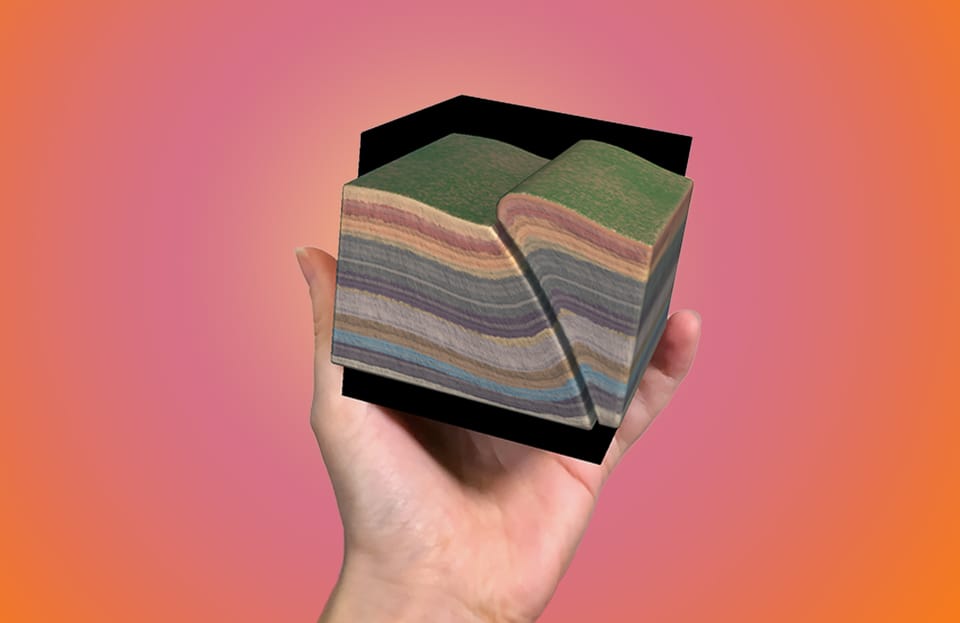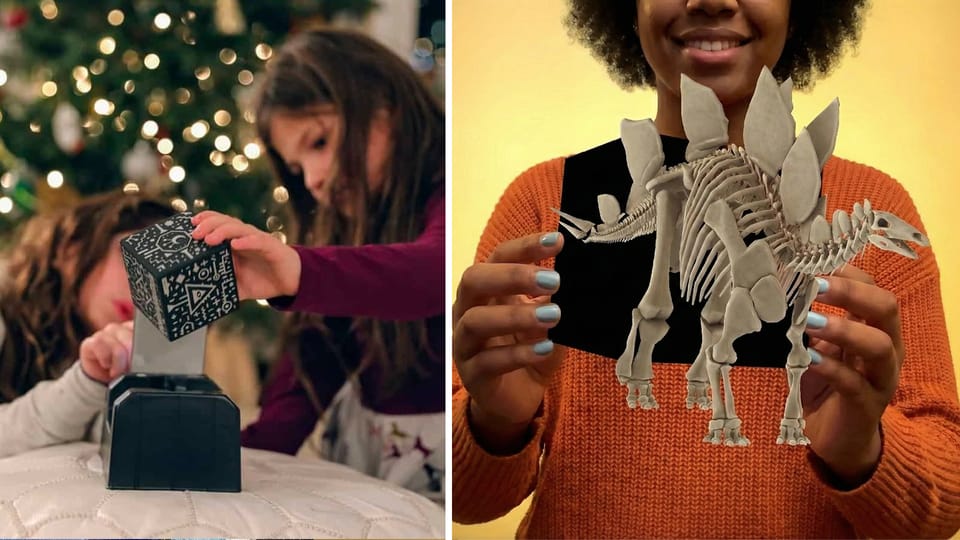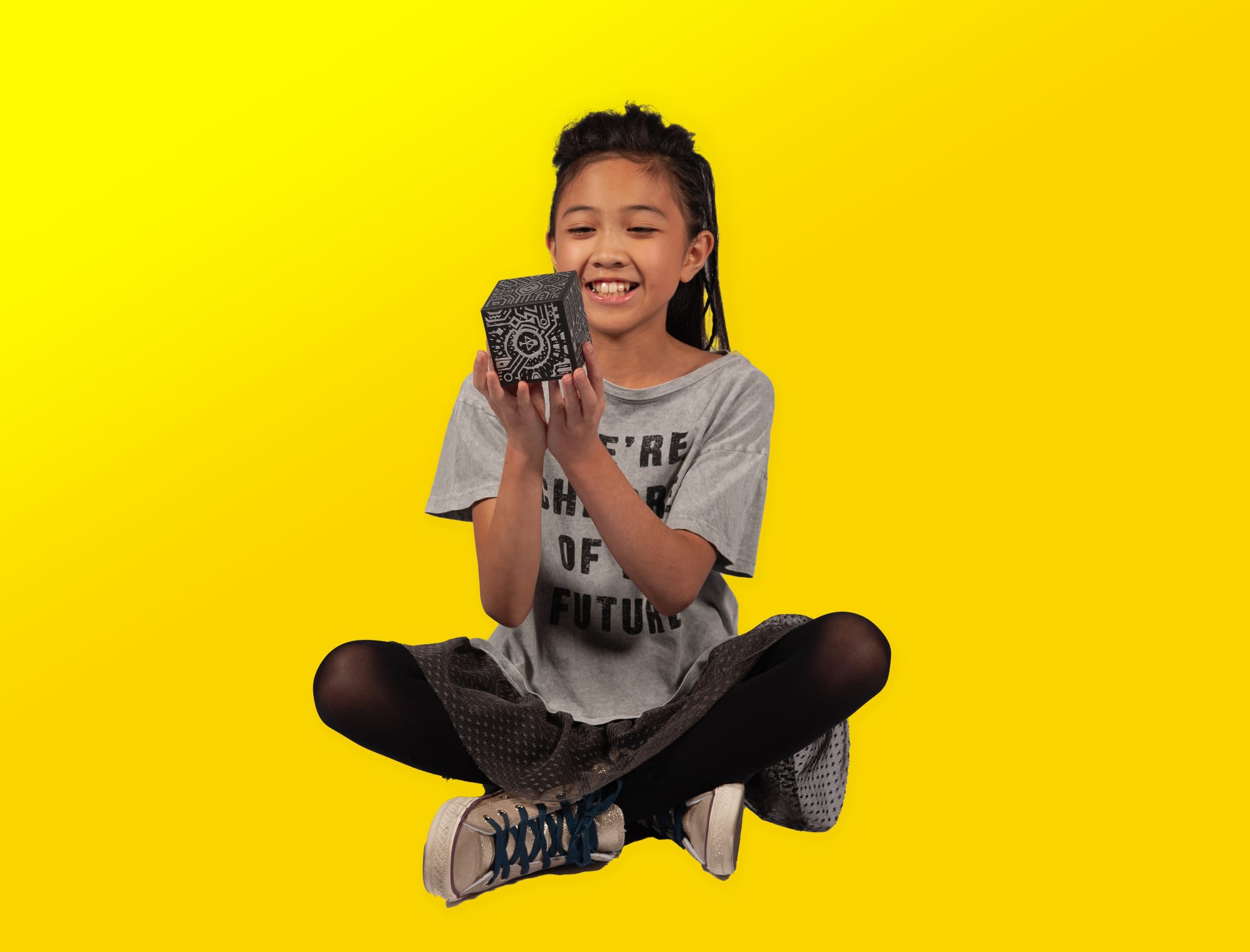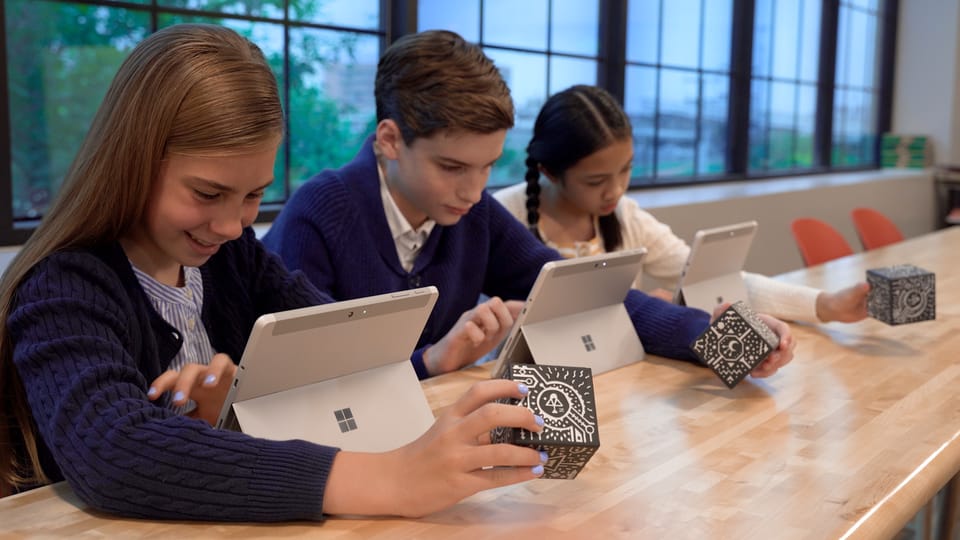How Augmented Reality Helps Prepare Students for Medical Careers
Merge EDU engages students on multiple levels—cognitive, visual, and tactile—while strengthening their understanding of human anatomy and health concepts.
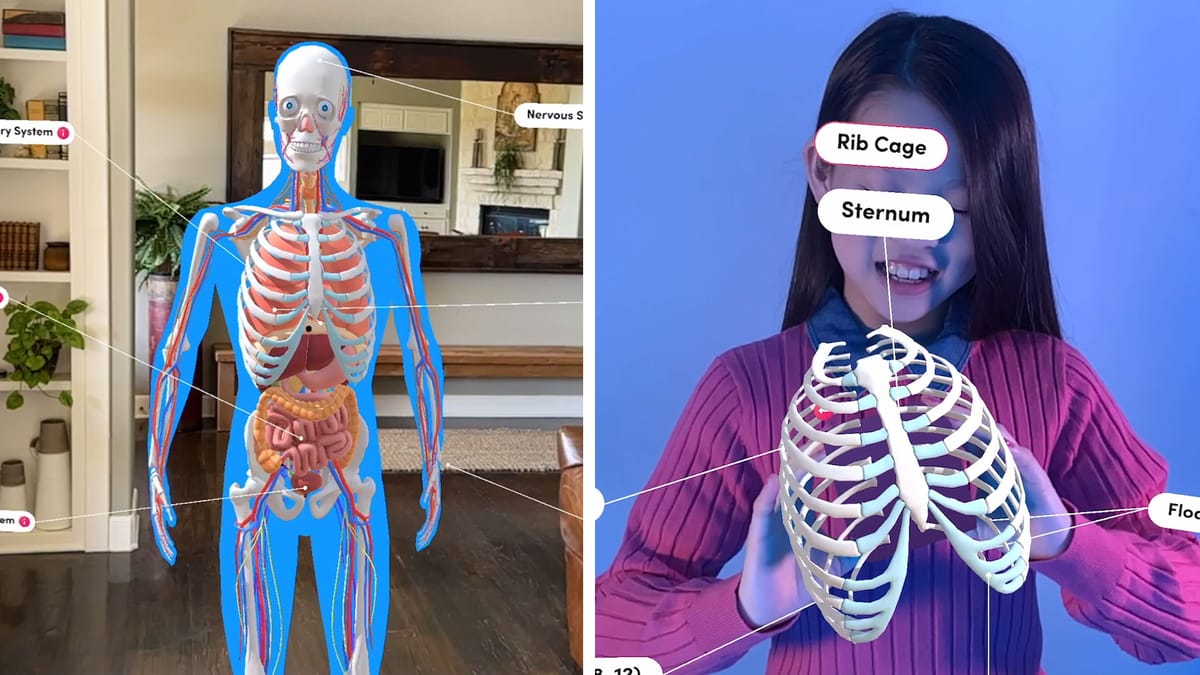
The healthcare industry is one of the fastest-growing sectors globally. According to the U.S. Bureau of Labor Statistics, healthcare occupations are projected to grow 13% from 2021 to 2031, which is much faster than the average for all occupations.
By combining interactive augmented reality (AR) with hands-on learning activities, Merge EDU can spark an interest in medical sciences for K-12 students and deepen their knowledge of human anatomy and health topics.
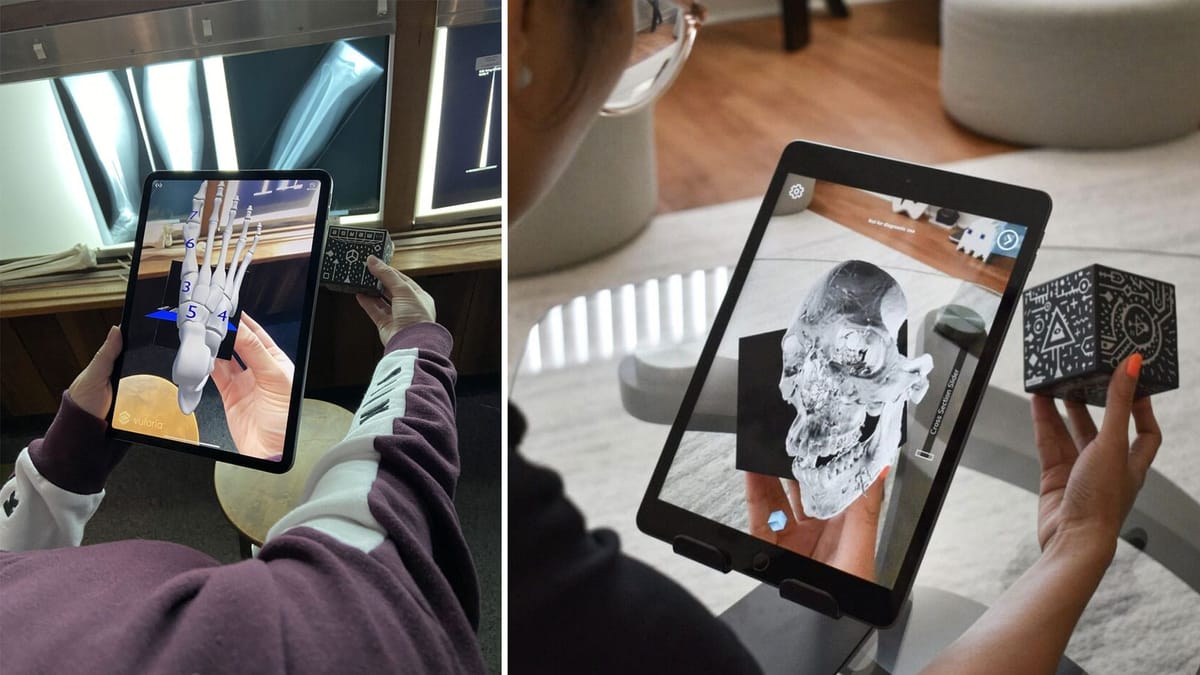
Bringing Human Anatomy to Life
Modern medicine hinges on understanding the complex systems of the human body. While traditional textbooks and diagrams are helpful, Merge EDU takes learning a step further.
Students can visualize detailed 3D models of organs, cells, and body systems while interacting with the Merge Cube. This tangible, intuitive interaction promotes deeper comprehension of structures and functions crucial to any healthcare role.
Blood vessels on Friday with higher class. Time to get the merge cubes out so we could see the different layers and compare the different vessels @MergeVR pic.twitter.com/lA57M4sq3o
— Sarah Clark (@Sfm36) December 12, 2022
Low-Risk Exploration
Investigating intricate medical topics in augmented reality removes the risks associated with live patients or high-cost equipment. Students gain confidence as they explore systems virtually, which better prepares them for advanced training later.
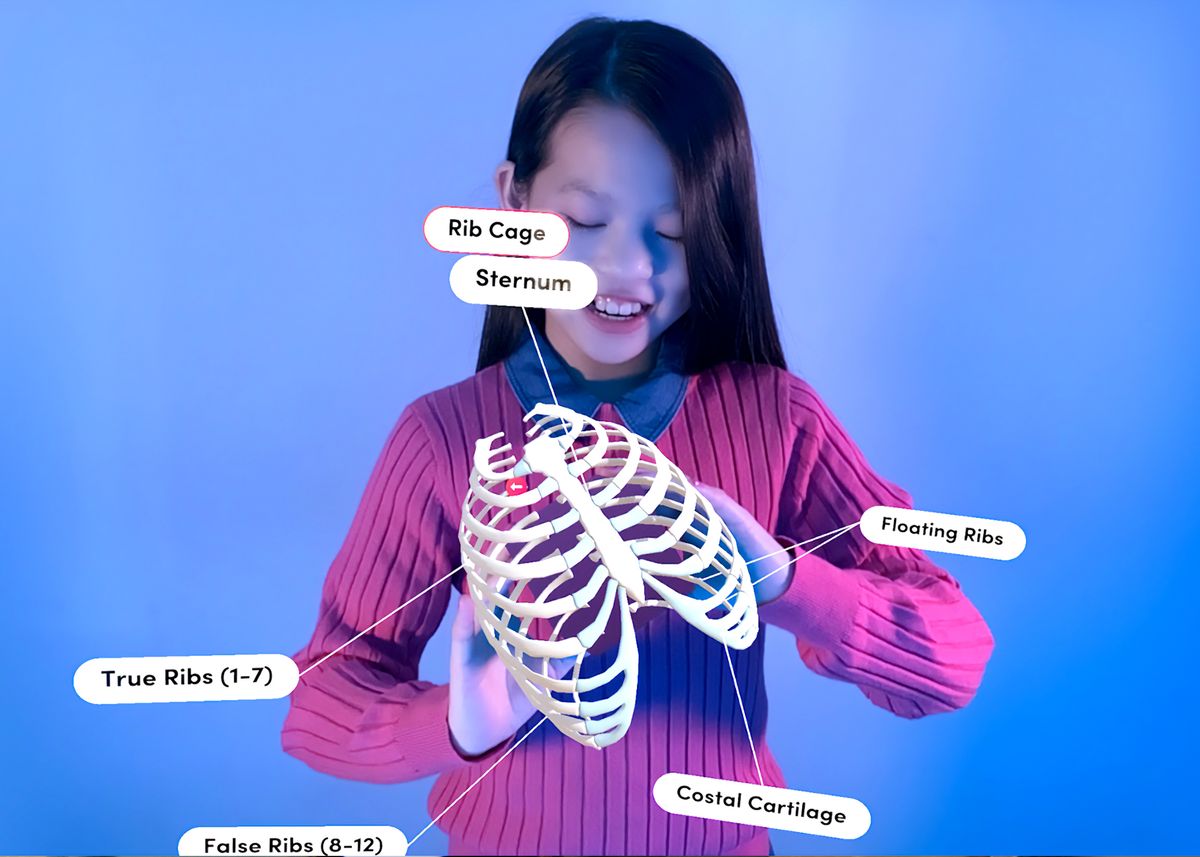
3D Scanning & 3D Model Uploading
With the 3D scanning feature, it’s possible to scan physical models or import custom 3D objects that students created or found online. Students might upload their own 3D scans of anatomical replicas, then hold them using the Merge Cube. Students can add labels and descriptions on particular points of their objects for additional research, collaboration, or study purposes.
Dr. @JesseCourtier from @UCSF_Ci2 explores the transformative impact of #AR in medical imaging. Learn more about the world of #MachineLearning creating 3D models, significantly enhancing preoperative planning for pediatric surgeons in our new blog post. https://t.co/KYPmpqz38w pic.twitter.com/00zDutbQdN
— UCSF Center for Intelligent Imaging (@UCSF_Ci2) December 14, 2023
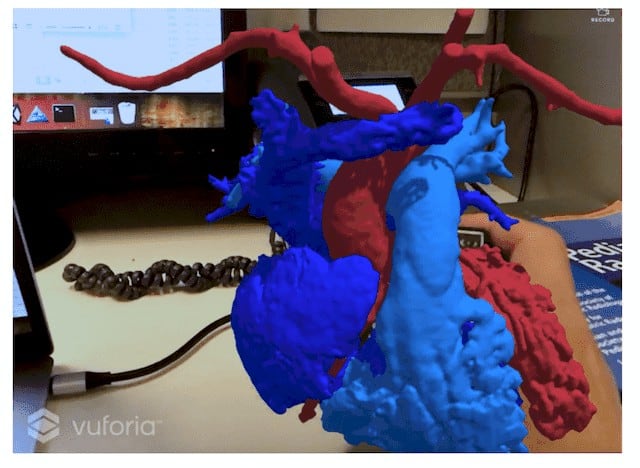
Practical Cross-Subject Integration
Because healthcare careers draw on biology and chemistry, the broad library of AR resources in Merge EDU allows educators to integrate relevant science content into healthcare-specific lessons—reinforcing foundational knowledge in an engaging way.
Finally managed to get a play with the updated object viewer collections for @MergeVR with my merge cube. Not just objects but I now have a 3D Beaton heart cross section. Love it 🥰 thanks @Steph_Lyons_ pic.twitter.com/ALwF6EOJjs
— Sarah Clark (@Sfm36) August 26, 2020
Multisensory Learning
Students can experience lessons visually by examining detailed 3D graphics, and kinesthetically by using their hands to rotate and inspect the Merge Cube. This approach ensures a more inclusive classroom where different learning styles thrive.
@hmillerRSI from @RSIHawks is showing off augmented reality merge cube! Here’s a 3D heart and vessels on display...so much cooler than learning from a text book! #LaunchedWiT pic.twitter.com/6kkNq3V6J4
— Launch(ed)_WiT (@Launched_WiT) February 25, 2020
Empowering the Next Generation of Healthcare Professionals
CTE programs in health science are the launchpad for tomorrow’s doctors, nurses, lab techs, and more. Merge EDU engages students on multiple levels—cognitive, visual, and tactile—while strengthening their understanding of human anatomy and health concepts. By integrating Merge EDU into your curriculum, you can provide these future healthcare heroes with an immersive, technology-driven foundation.
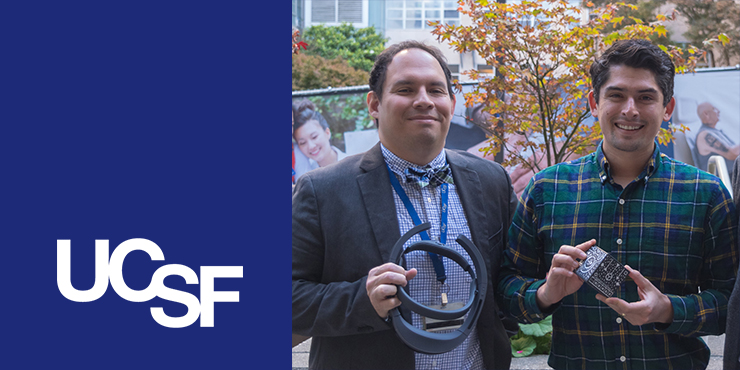
Ready to get started? Visit mergeedu.com to explore how these hands-on AR tools can bring your medical CTE program to life, and watch your students step confidently into the health career pathway.





